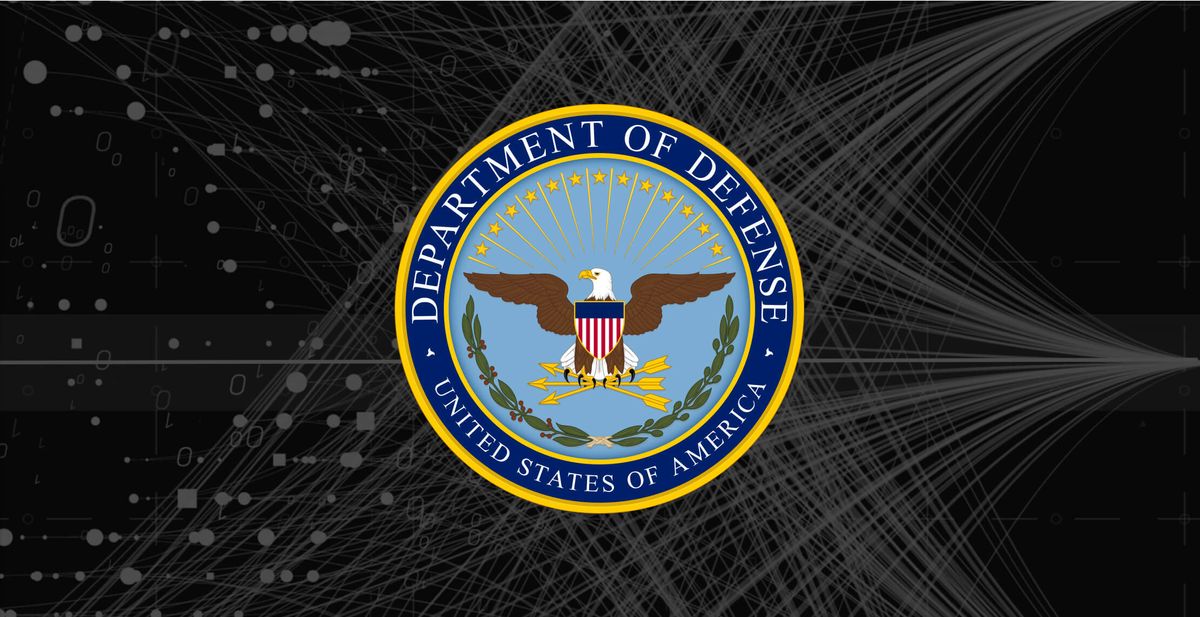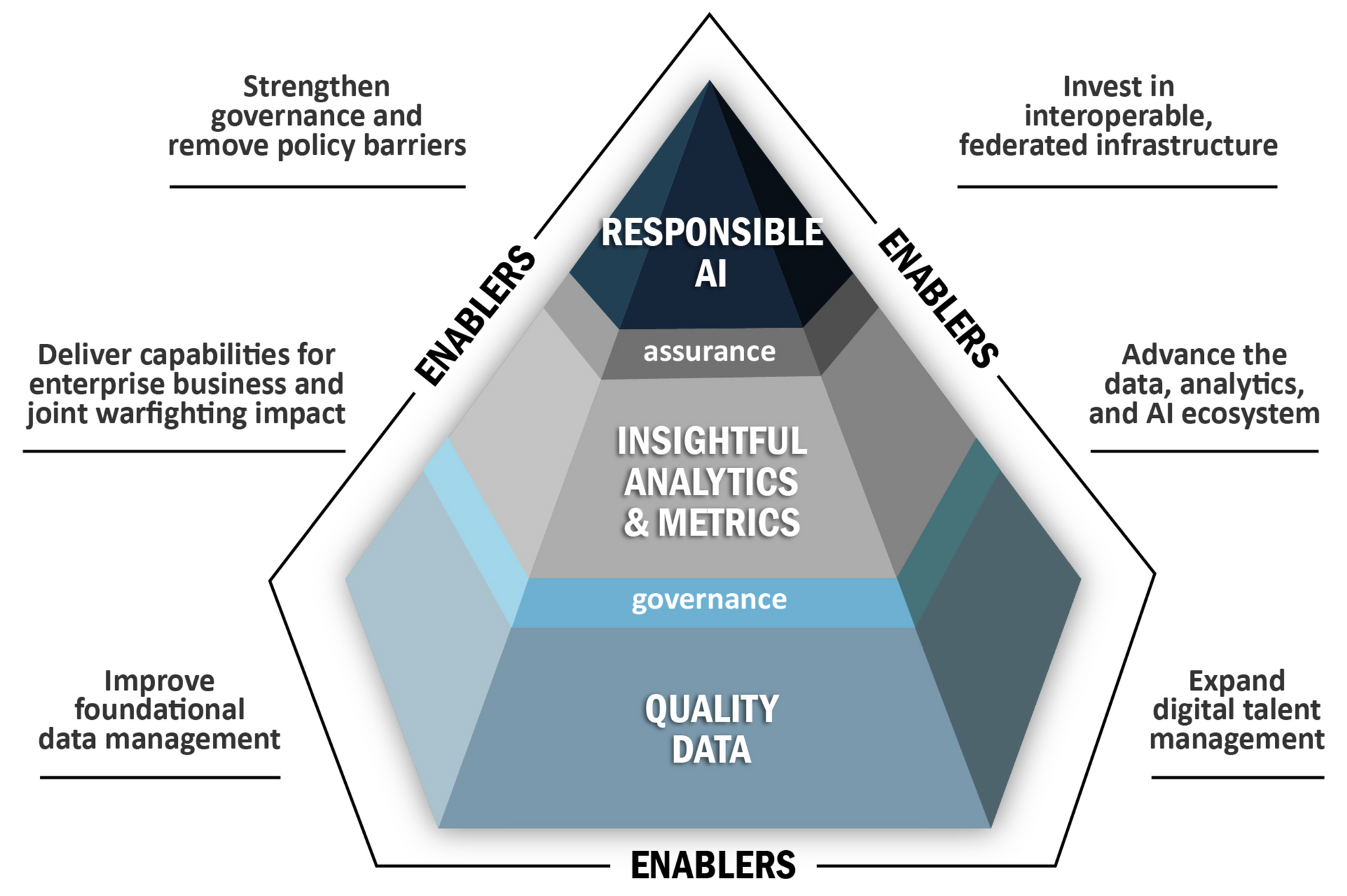
The Department of Defense laid out its vision for accelerating the adoption of data analytics and artificial intelligence across the military in a new strategy document released this week. The goal is to ensure U.S. warfighters maintain decision superiority over adversaries on the battlefield for years to come.
Speaking at a press briefing on Thursday, Dr. Craig Martell, the DOD's Chief Digital and AI Officer, provided an overview of the 2023 Data Analytics and AI Adoption Strategy. He emphasized that the focus is on strengthening the DOD's ability to continuously deploy data-driven capabilities rather than identifying specific AI applications.
“Technologies evolve, things are going to change next week, next year, and next decade, and what wins today might not win tomorrow,” Martell said. “Rather than identify a handful of AI-enabled warfighting capabilities that will beat our adversaries, our strategy outlines the approach to strengthening the organizational environment within which our people can continuously deploy data analytics and AI capabilities for decision advantage.”
The strategy aims to accelerate AI adoption to ensure the U.S. maintains battlefield decision superiority against adversaries. It builds on years of DOD leadership in AI development while further solidifying America's competitive advantage in the technology.
A key shift in the new strategy is moving away from the idea of building a centralized AI/machine learning pipeline within the DOD. Martell noted that major commercial vendors now offer robust ML operations pipelines as a service, making an internally built DOD system redundant.
Under the new approach, different parts of the DOD can use whichever commercial ML tools make sense for their needs. However, they will have to follow certain guidelines around monitoring models over time, labeling training data properly, and publishing results for use across the department.
The strategy focuses on strengthening the organizational environment for continuous data/AI deployment rather than identifying specific capabilities to "beat" adversaries. It emphasizes speed of delivery and adoption leading to superior battlespace awareness, adaptive force planning, fast/precise kill chains, resilient sustainment, and efficient operations.
Goals include investing in infrastructure, advancing the AI ecosystem, expanding digital talent, improving data management, delivering enterprise/warfighting capabilities, and strengthening governance. The "AI Hierarchy of Needs" prioritizes quality data, governance, analytics/metrics, and responsible AI assurance.

DOD has worked for over a decade to be a leader in fast yet responsible military AI development, creating appropriate policies. Safety and ethics are critical - unsafe systems are ineffective. DOD updated its autonomous weapons directive in January to align with AI advances.
Martell stressed that the hierarchy should be seen as logical rather than temporal. Efforts across all layers will move forward simultaneously using agile approaches.
When asked about competing with China on AI capabilities, Martell emphasized evaluating potential use cases individually rather than assuming AI can provide broad solutions.
The DOD plans to release implementation guidance for the new strategy within the next couple months. Martell said this guidance will focus on recommended practices and patterns rather than strict requirements, allowing flexibility across the department’s different organizations.

